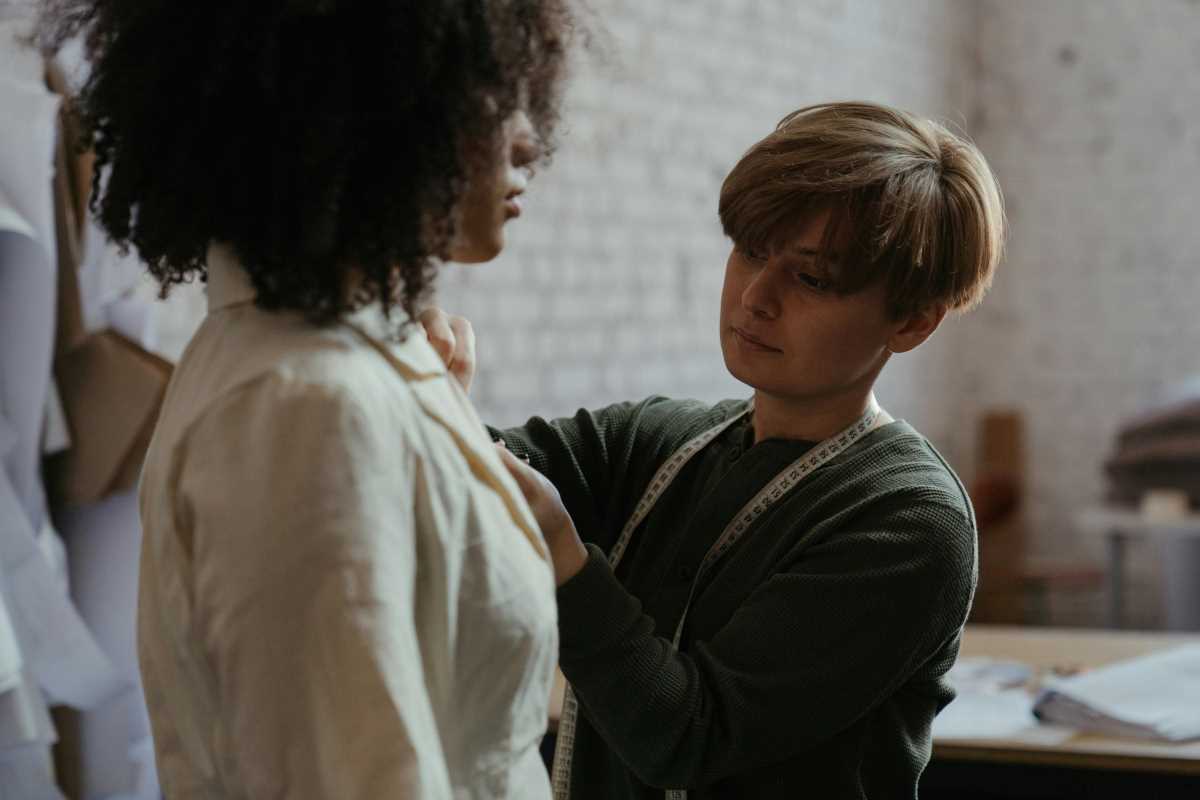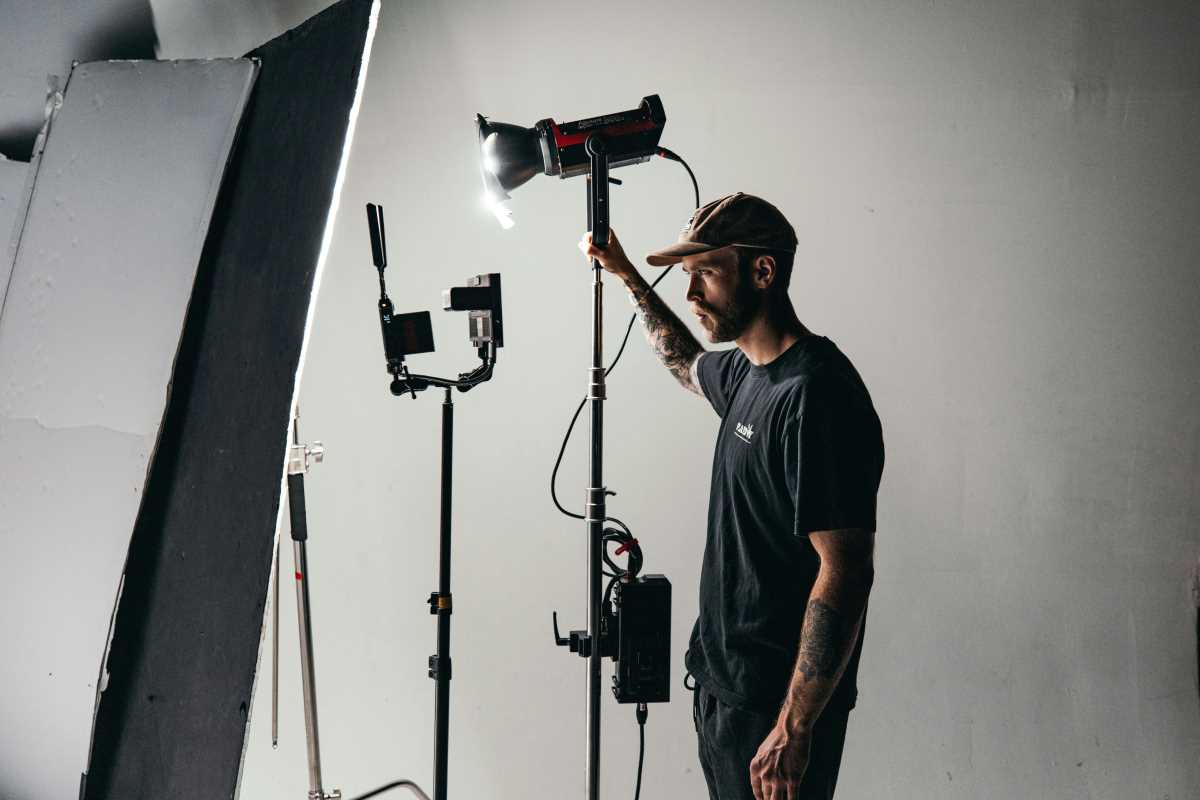The entertainment industry is changing. For years, the stories we saw on screen and the people who made them were often limited. Now, a major shift is happening. Diversity and inclusion are at the forefront of the conversation. This movement is about more than just checking boxes. It’s about creating authentic stories, connecting with global audiences, and building a stronger, more innovative industry for everyone.
This push for change matters. It affects the stories being told, the people telling them, and the opportunities available for new talent.
Representation Rewrites the Story
What we see on screen shapes how we see the world. When audiences see characters who look, sound, and live like them, it creates a powerful connection. Authentic representation goes beyond simply casting a diverse actor. It means telling stories that reflect the true experiences of different communities. This requires diverse writers, directors, and producers behind the camera.
When people from various backgrounds are in the room where decisions are made, the stories become richer and more genuine. They move past stereotypes and offer new perspectives. This authenticity resonates with audiences who are tired of seeing the same old narratives. A study found that films with diverse casts tend to have higher box office returns. People want to see themselves and their world reflected on screen.
Diversity Drives Industry Innovation
A diverse team is a creative team. When you bring together people with different life experiences, backgrounds, and points of view, you get a hotbed of new ideas. Homogeneous groups often lead to repetitive thinking and stale content. In contrast, diversity sparks innovation.
This applies to every corner of the entertainment industry. A diverse writers' room can create more complex and surprising plotlines. A production crew with members from different cultures might find new, more efficient ways to solve problems on set. In music, artists who blend genres and cultural influences create fresh sounds that define a generation. By embracing diversity, the industry pushes creative boundaries and avoids stagnation. It ensures that entertainment stays relevant and exciting.
Progress Made and Challenges Ahead
The industry has made real progress. Shows like Abbott Elementary and films like Everything Everywhere All At Once have been both critical and commercial successes. They prove that audiences are hungry for stories from underrepresented voices. Behind the scenes, programs aimed at mentoring diverse talent have helped open doors for new writers, directors, and executives.
However, major challenges remain. A recent report on Hollywood diversity showed that while on-screen representation is improving, key behind-the-scenes roles still lack diversity. Women and people of color remain significantly underrepresented as directors, producers, and studio heads. These are the gatekeepers who have the power to greenlight projects. Without diversity in these top-tier positions, systemic change is slow. The fight for true equity is far from over.
Actionable Steps for a More Inclusive Industry
Creating a truly inclusive industry requires action from both individuals and organizations. It’s a collective effort to dismantle old systems and build new, equitable ones.
For Individuals:
- Amplify Diverse Voices: Use your platform, no matter how small, to support and share the work of creators from underrepresented backgrounds.
- Be an Ally: If you are in a position of privilege, use it to advocate for others. Speak up in meetings, recommend diverse talent for jobs, and challenge biased thinking when you see it.
- Educate Yourself: Actively learn about the experiences of people from different communities. Understand the history of representation in media and the challenges that different groups face.
- Collaborate Intentionally: Seek out collaborations with artists from different backgrounds. This not only expands your network but also enriches your own creative work.
For Organizations:
- Set Measurable Goals: Establish clear, public targets for diversity in hiring, promotion, and project development. Track progress and hold leadership accountable.
- Invest in Pipeline Programs: Create and fund internships, mentorships, and training programs specifically for talent from underrepresented groups.
- Rethink the Hiring Process: Implement practices like blind resume reviews to reduce unconscious bias. Expand recruitment efforts beyond traditional networks to find new talent pools.
- Foster an Inclusive Culture: It’s not enough to just hire diverse talent. Companies must build a workplace where everyone feels respected, valued, and empowered to contribute their best work.
The future of entertainment depends on its ability to reflect the world we live in. By championing diversity and inclusion, we unlock more authentic stories, drive innovation, and create opportunities for a new generation of creators.
 (Image via
(Image via





